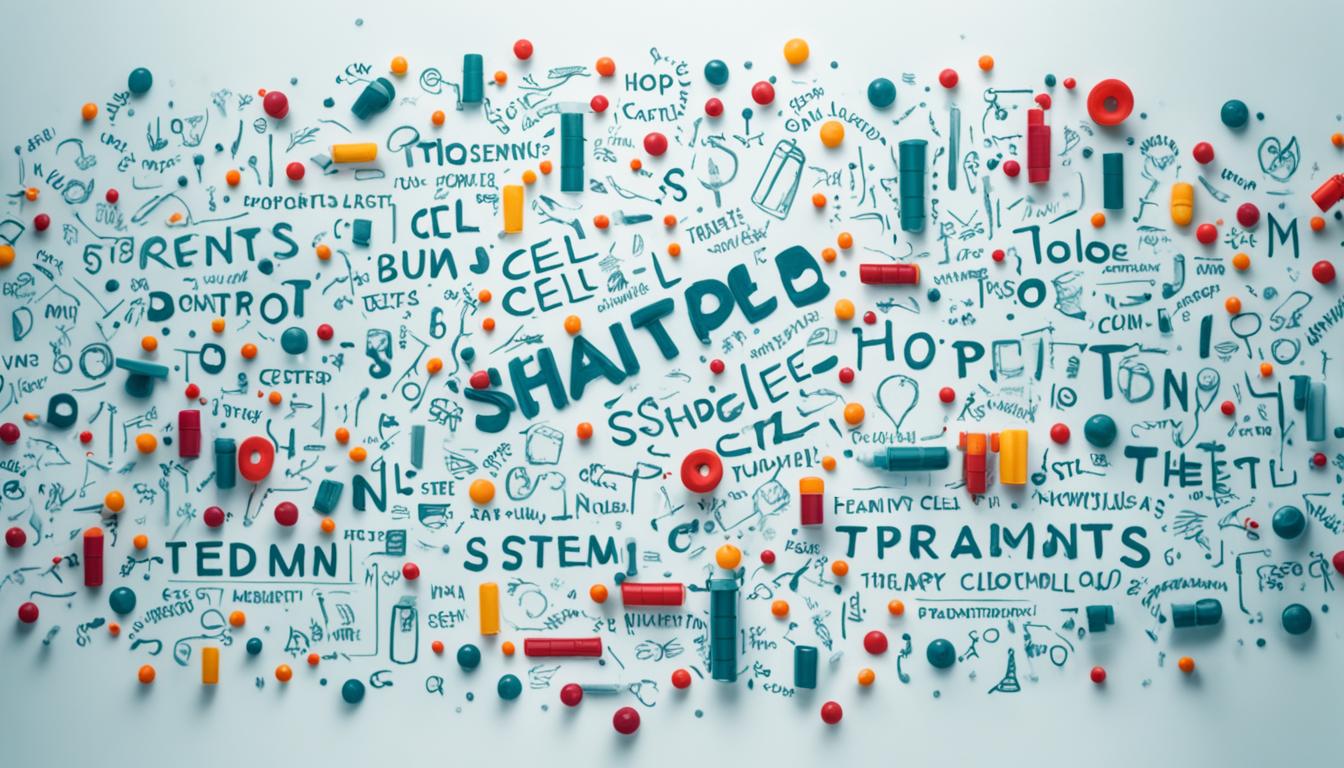Short bowel syndrome (SBS) is a not-so-common health issue. It happens when someone loses a part of their small intestine. This could be due to surgeries or other reasons. When your body can’t soak up nutrients as it should, problems start. These include heavy diarrhea, looking really skinny, and being low on energy.
Doctors check a lot of things to spot SBS early. They look at your past health, give you a good once-over, and do some tests. Special pictures of your insides may also be taken. These can show how much small intestine you have left. Blood tests help figure out if you’re missing any key nutrients.
Meanwhile, there’s something new in the works for SBS. It’s called stem cell therapy. This approach uses the body’s own repair system to help the gut do a better job of grabbing nutrients from food. It’s still being studied, but it could mean better days for SBS patients. If it works, they might not need as much help like feeding tubes or more surgeries in the future.
Key Takeaways:
- Short bowel syndrome (SBS) comes from losing a big part of your small intestine.
- It’s often seen after surgeries for gut issues, injuries, or birth problems.
- Finding SBS early means looking at your health, checking you over, and doing tests.
- Special pictures and blood work help see how much intestine is left and what nutrients you might be lacking.
- Stem cell therapy is looking like a promising way to help the body absorb nutrients better in SBS patients.
Understanding Short Bowel Syndrome
Short bowel syndrome (SBS) happens when a big part of the small intestine is taken out. This reduces the body’s ability to take in nutrients from food. The body tries to adapt by making the remaining part of the intestine work harder, increasing how much it absorbs.
In animals, we know a lot about how this works. But, understanding it in people is harder. We do know that special cells called LGR5+ stem cells are very important in helping the body adjust.
Intestinal subepithelial myofibroblasts (ISEMFs) are key cells that tell the intestine to grow more. They do this by activating certain signals. This growth helps the intestine better absorb nutrients.
For better treatments, knowing how these cells work is vital. Experts in digestive health are looking into how we can use these cells to help people with SBS.
Recent Advances in Gastroenterology Research
Research in gastroenterology is moving fast. Scientists are learning a lot about how our digestive system works. They are also looking for new ways to treat stomach and intestine problems. This includes looking at adult stem cells for help.
The Role of Adult Stem Cells in Short Bowel Syndrome
Adult stem cells play a key part in fixing our digestive system. These cells can become different types of cells, like those in our intestines. They are an important part of repairing the digestive system.
In SBS, getting these cells to work harder could offer new treatment options. Scientists want to figure out how to make this happen. If they can, it might lead to better ways to help people with SBS in the future.
Symptoms and Diagnosis of Short Bowel Syndrome
One major sign of short bowel syndrome is having severe diarrhea. This can cause dehydration, malnutrition, and weight loss. Other signs may include heartburn, bloating, and stomach pain. You might also feel tired often, have anemia, or see a skin rash.
Finding out if someone has short bowel syndrome takes a careful look at their health history. A doctor will do a physical exam and some tests. The goal is to check the symptoms and then run tests to be sure it’s short bowel syndrome. Tests could involve:
- Imaging studies: Doctors might use CT scans or barium X-rays. These help measure the length of the small intestine left. They can find out what’s causing your symptoms.
- Blood tests: These tests look at your health through your blood. They show if you lack certain nutrients, possibly causing your symptoms.
- Specialized tests: Sometimes, doctors use tests to see how your intestines work. This gives them more information about your condition.
It’s crucial for doctors to match the signs with the proper tests. Doing so helps confirm a short bowel syndrome diagnosis. This is key to starting the best treatments. These treatments aim to help patients manage their symptoms and live better.
| Symptoms | Associated Complications |
|---|---|
| Severe diarrhea | Dehydration, malnutrition, weight loss |
| Heartburn | Discomfort and pain in the chest |
| Bloating | Feeling of fullness and discomfort in the abdomen |
| Abdominal pain | Sharp or cramp-like pain in the abdomen |
| Fatigue | Lack of energy and persistent tiredness |
| Anemia | Low red blood cell count, leading to fatigue and weakness |
| Skin rash | Irritated, inflamed, or itchy skin |
Innovative Stem Cell Therapy for Short Bowel Syndrome
Short bowel syndrome (SBS) is a condition where the small intestine is shorter than usual. Current treatments help manage its symptoms. They include special diets, nutrition through the mouth or a vein, and medicines to aid food absorption. However, these methods don’t fully solve the problem for everyone.
Researchers are now looking into stem cell therapy as a new way to treat SBS. This approach uses the body’s own regenerative power to help the small intestine work better. Although this treatment is new and still being studied, it could mean less reliance on nutrition through veins and fewer infections for patients.
There is still much to learn about using stem cells to treat SBS. More studies and clinical trials are needed to know for sure how helpful and safe this method is. But, the idea of using stem cell therapy offers new hope for those living with SBS. It could potentially offer them a chance at a more normal life.

